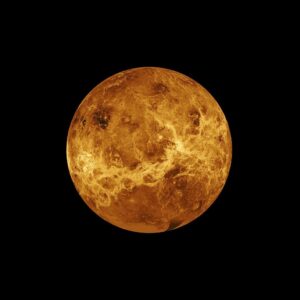What to look for in the winter sky
January 14, 2025
Posted by Lake Erie Nature and Science Center

Winter skies can be the clearest of the year and the richest in stars. Here are some of the constellations and planets to observe in the winter sky this season.
Orion
One of the biggest and brightest constellations in the night sky is Orion the Hunter. First, look southeast for 3 equally bright stars in a straight line which form “Orion’s belt”. Serving as his right shoulder is the supergiant star Betelgeuse which shines brightly with a reddish tint. At Orion’s left foot lies the slightly brighter star, Rigel. Hanging below the center star in Orion’s belt is his sword which features the Orion Nebula, or Messier 42. Visible as a dim fuzzy object to the naked eye, this nebula appears as a large gas cloud when viewed with binoculars or a small telescope.
Evening Planets
Look south, southwest at around 6 p.m. for a very bright object, the planet Venus. Often referred to as the “evening star”, Venus is the third brightest object in the sky after the Sun and the full moon. A little higher and closer to due south will be the much dimmer Saturn. If you turn east, you will see Jupiter shining brightly above Orion’s head. Mars will join the winter stars later in the evening. With the winter stars being so bright, it may be difficult to distinguish Jupiter and Mars from the surrounding stars. Details of both of these planets can be seen with small telescopes and large binoculars.
Morning Planets
Look southeast before sunrise at around 6:30 a.m. to see the planet Mercury. You will need a clear and unobstructed view of the horizon in order to see Mercury as it will be very low in the sky. Mercury will not be in our skies for very long, as this planet moves around the sun the fastest. Look due west and you will see Mars. Mars is one of the most explored bodies in our solar system, and the only planet NASA has sent rovers to roam the alien landscape.
To learn more about all of these planets and the latest robotic missions, join Lake Erie Nature & Science Center for its new monthly planetarium program, Skywatch Live!, on Friday, January 24 at 7 p.m. Our planetarium specialist will discuss current events in space news, show deep sky objects, and explore our part of the galaxy as seen from Earth. Recommended for adults and children ages 12 and up.

